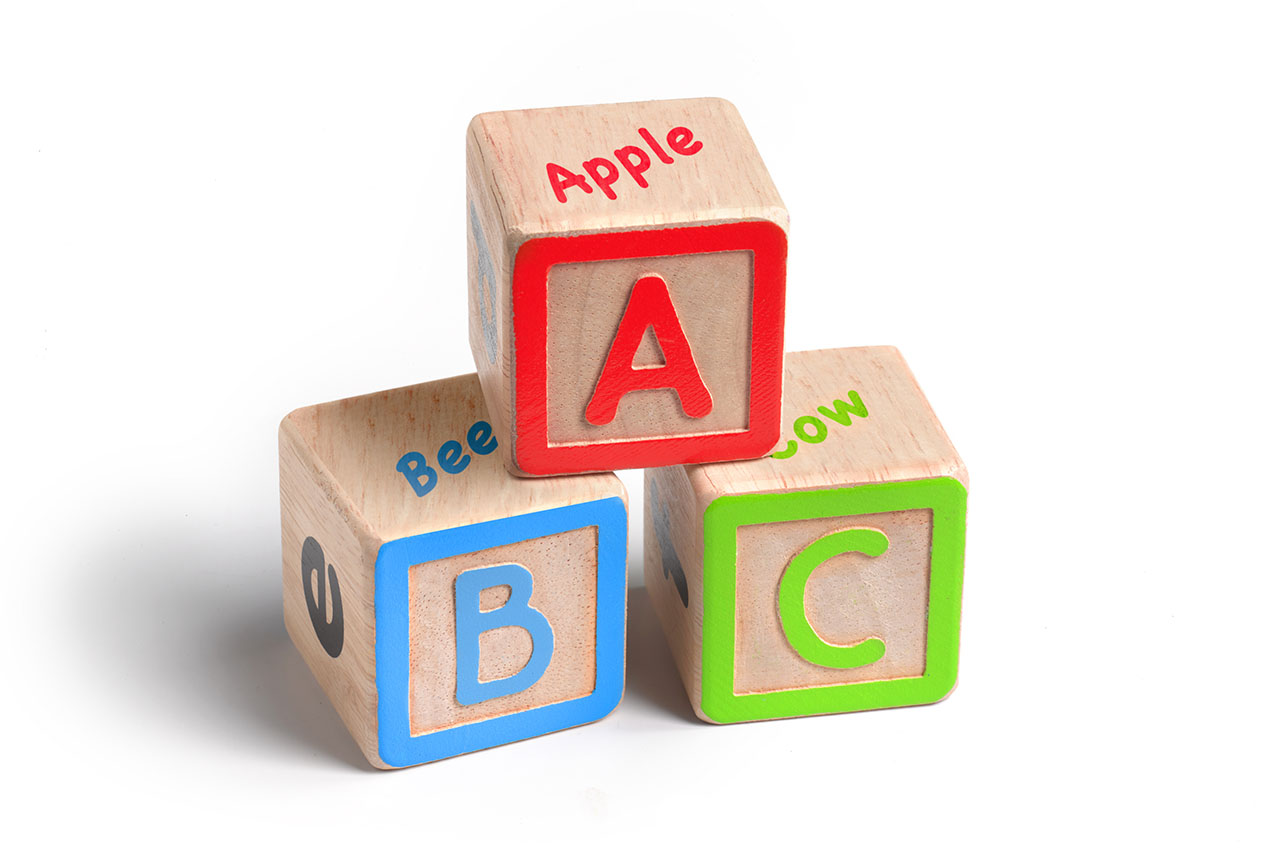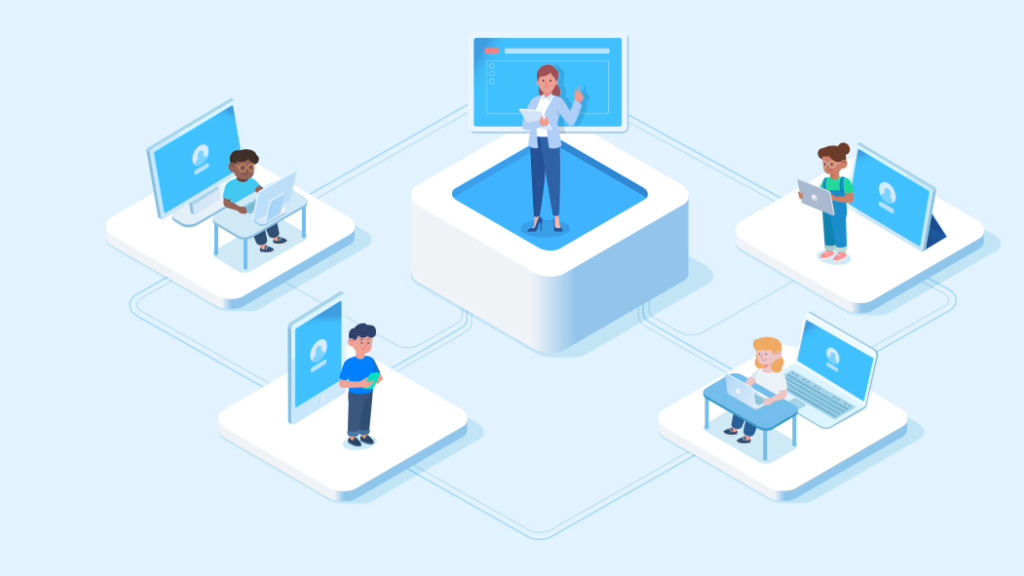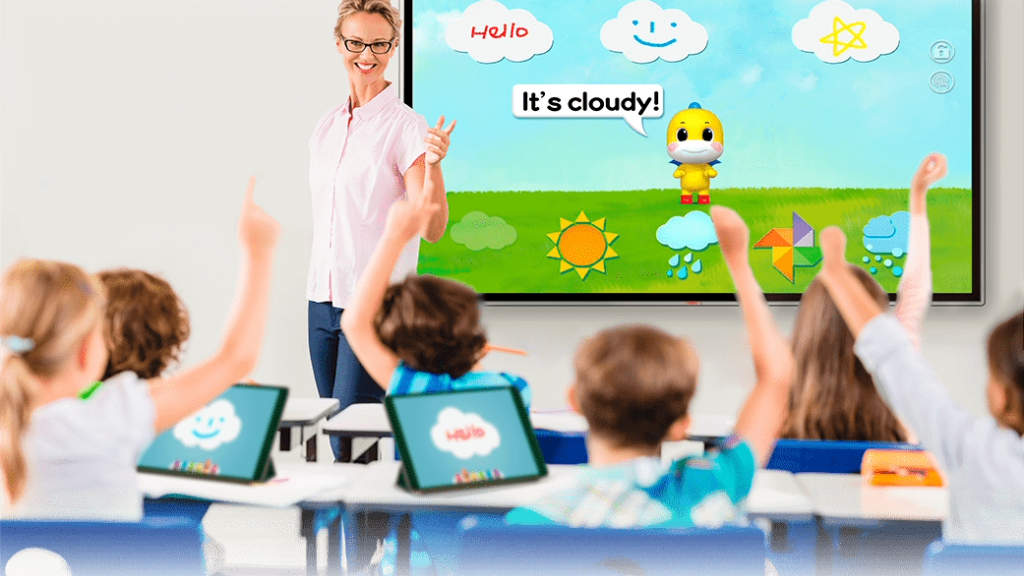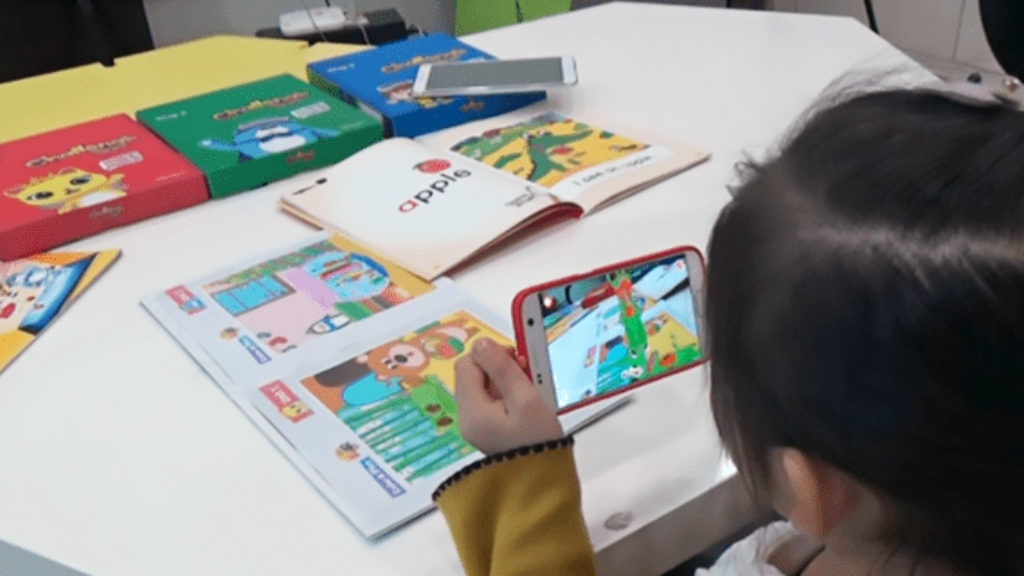What is ESL?
Defining a second language
ESL (English second language) is a language spoken in addition to the first language.
We generally associate the mother tongue as the most common or convenient language. However, according to the Canadian Census, the mother tongue refers to the first language learned at home during childhood that the person still understands. If the person no longer understands the first language learned, the mother tongue is the second language learned.
The main difference between a first language and a second language lies in the learning. Learning a language for the first time is usually a natural and effortless process. Learning a second language, on the other hand, is usually a difficult process. Today, the majority of the world’s population is multilingual and speaks more than one language.
Why do we need a second language?
We live in a multilingual world that is more interconnected than ever before. The world is becoming more and more global. But that’s not the only reason to learn a second language.
Learning a second language can open up opportunities for us to become part of a community of different cultures and learn more about the world around us. Because of language barriers, many countries associate with people from similar communities who speak their language. Learning a second language has the advantage of being able to communicate and gain insight into other cultures.
Students in particular have more advantages when they learn a second language.
- Learning a new language stimulates the brain to become accustomed to new grammar and vocabulary rules. Learning new words, grammar, and how to use them in context is a great help in memory training.
- Multitasking is an important skill for time management in a rapidly changing society. Those who are multilingual can think in different languages and communicate in one or more languages, which can improve their multitasking skills.
- Studies have shown that learning to communicate with peers in different languages or participating in learning activities in that language improves performance in various academic areas.
What is ESL?
The ESL program stands for “English as a Second Language” and is also called ELF (English as a Foreign Language). ESL is an English language learning program for people whose mother tongue is not English.
According to a report by the British Council, more than 1.75 billion people worldwide speak English. Because of this trend, learning ESL abroad is not uncommon. English is an official language in 60 countries and is widely used in many more. Therefore, learning English as a child can strengthen global competitiveness.
The ESL program aims to improve students’ English language skills. Each class consists of a different level of English learning and is based on the student’s English proficiency, interests, and needs. All programs cover areas such as English conversation, grammar, reading and listening comprehension, writing, and vocabulary.
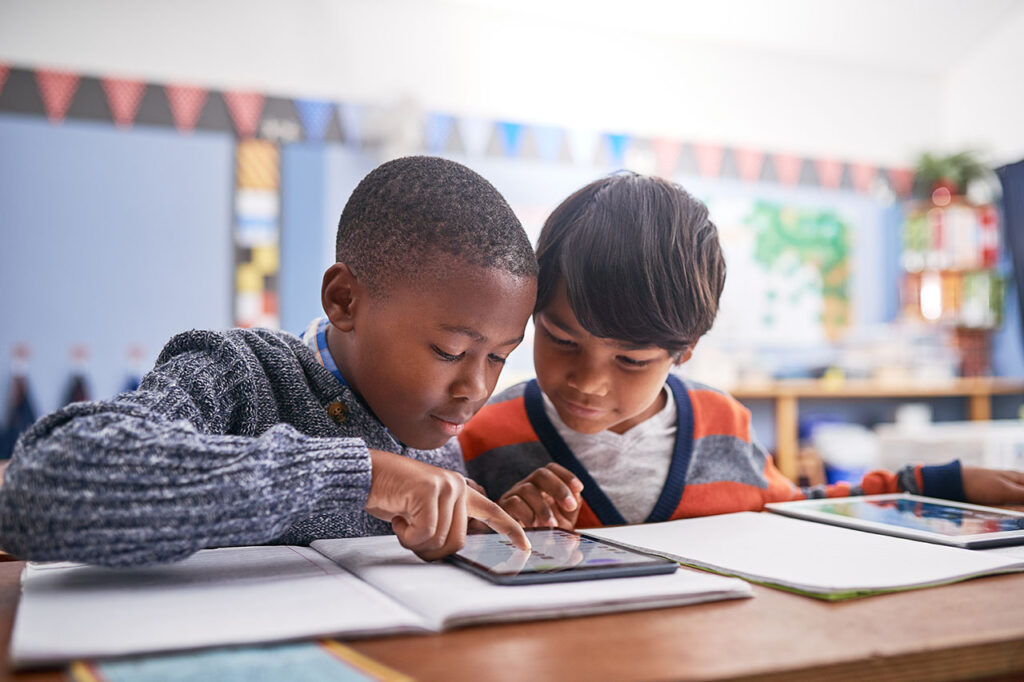
ESL in the classroom: What are the common problems?
Communication failure
Coming from different countries and cultures can be a good starting point for second language instruction. Teachers can use culture as a springboard to encourage students to adopt new perspectives.
The most common problem for teachers, however, is speaking their native language. Of course, banning the first language altogether isn’t a perfect solution, but we need to encourage the use of English as much as possible.
Even though most students respond reasonably to the opportunity to work with someone new, conflicts can often arise. Even with younger students, this sometimes occurs in socially networked schools.
Poor environment
Second-language teachers point out that another problem they face is that students “are not motivated to speak English.” Motivation for learning activities can encourage students to achieve their learning goals and increase their persistence. However, he pointed out the problem of not having a solid foundation in English and not having an environment at home where they can use English.
Children, especially in Southeast Asia, have many activities to do at home after school instead of reading books and doing homework. Some students report that they do not have the opportunity to do their homework at home.
In Southeast Asia, there are also fewer teachers and more students. This often makes it difficult for teachers to control lessons. Most English teachers face environmental problems during English classes. The chaotic classroom environment distracts teachers and affects students’ ability to concentrate.
Differences in students’ abilities
Another problem teachers face is that students are dependent on them. They do not try to learn and speak by themselves. Every time they wait for the teachers to help them learn and give them the right answer. When students learn English, they can only progress when they try to understand the words and make sentences. Sometimes students show disinterest in learning and teaching, which makes it difficult for teachers to design their lessons.
Also, due to the large number of students, it is difficult for all students to understand the lessons at the same level. In a class with a large number of students, it is common for students to skip lessons because they assume they understand them. As this phenomenon becomes more common, the gap between students’ understanding and their level will continue to widen. Students who are excluded from the educational process are unable to complete tasks and lose interest in class due to their low self-confidence.
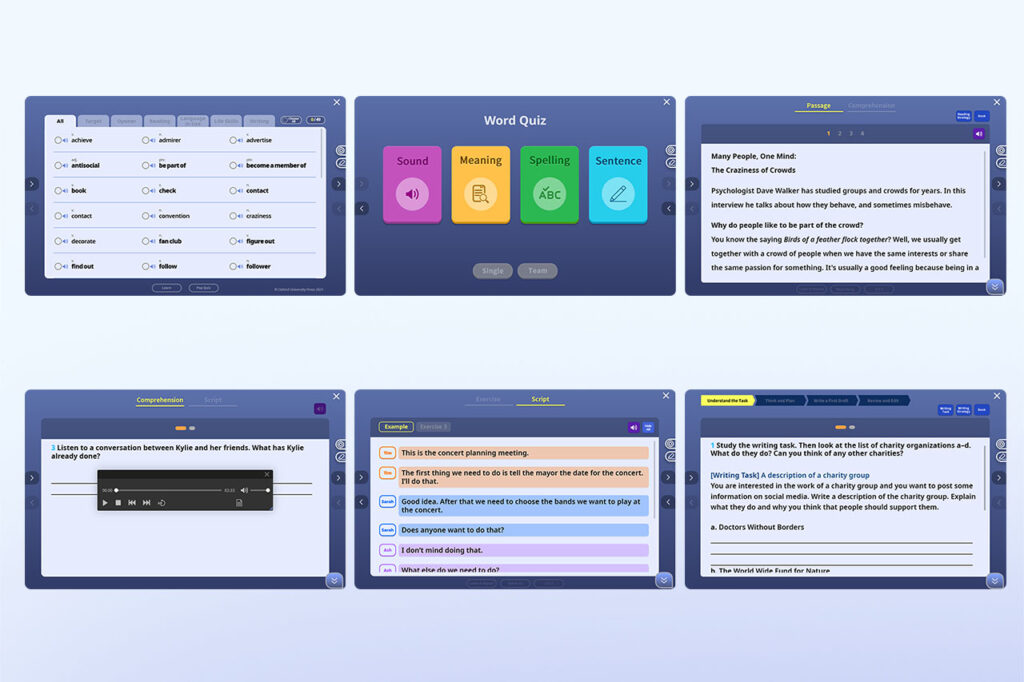
Practical tips every ESL teacher should know
Interesting class
Children learn more when they are having fun. Having fun in the classroom does not mean neglecting learning. Teaching methods related to gamification are already widely used and have proven effective. It is essential to have fun while learning, especially when learning a foreign language like ESL.
Role-playing games, for example, are an engaging way to improve students’ speaking skills and confidence. Through various role-play scenarios, students can develop and practice a variety of vocabulary in a fun way. Role-playing is also suitable for students who struggle to come to class confidently. Students may be reluctant to show off their speaking skills in front of their classmates, but they can learn the art of speaking by watching their classmates do it.
Images are effective in making the learning process memorable. Children may not be able to remember an apple from the word “Apple,” but they can recognize what an image of an apple means. A teaching method that combines text and images allows children to understand better. Some colors in the classroom can increase children’s interest in learning.
Even in the same class, using more content can improve students’ concentration and interest. AllviA supports a variety of multimedia sources that promote two-way communication between students and teachers. Through images or videos, students can learn how English is used in the real world. This is much more memorable to students than text-only books.
Read, see, speak, write
Reading books is closely related to the development of learners’ language skills. Stories provide opportunities for children to have adventures and have fun by using their imaginations and imagining impossible places and people. Reading a fairy tale or a fantasy novel can spark interest and encourage learning the language.
When giving assignments, it is common to explain the assignments to students orally or in writing on the board. When both are used, students can become accustomed to seeing written material and hearing it orally. In addition to clearly explaining the criteria for the task, reading, seeing, and hearing help students learn pronunciation and spelling.
Discussions are a great way to develop students’ speaking skills. Discussions can help them develop logical and persuasive speaking skills. Choose a topic on which children can express their opinions and encourage them to share their opinions with their peers. Children learn to communicate by arguing and explaining their opinions to others.
When children learn in only one way, they quickly lose interest. When reading, seeing, listening, and speaking are used together, students stay stimulated. Make lessons colorful and use a variety of learning formats. Of course, teachers are too busy to create all these resources. To that end, AllviA has prepared various content and teaching tools that teachers can use. Students can write directly on the tablet, watch the teacher writing on the digital whiteboard, read interesting stories from textbooks, and interact with their friends.
Technology use
Technology has been mankind’s hottest topic and teacher’s best friend in recent years. It enables effective classroom management, even in classes with large numbers of students, and can improve student engagement.
ESL technology resources help develop language skills by providing students with appropriate opportunities to practice their language skills. By using technology such as virtual conferencing software, ESL students can improve their language skills while interacting with other English speakers globally. By using an EdTech platform with level-specific textbooks, such as AllviA, teachers can provide ESL students with appropriate reading materials on many topics, both fiction and non-fiction.
With AllviA, students learning English can also receive instant feedback, which helps teachers identify and respond to students’ strengths and weaknesses. In the traditional classroom, the teacher had to be “followed.” However, in the classroom where the AllviA EdTech platform is introduced, the teacher’s role is that of a “facilitator” who can take on the role of a coach. Students and teachers can actively participate in the classroom through interactive lessons implemented with digital technology, which can maximize the efficiency of education.

Conclusion: EdTech should be introduced for efficient teaching and classroom management in ESL classrooms
Why ESL is important in Southeast Asia
English is now the preferred language of business throughout the world, and many non-English-speaking countries are incorporating English language classes into their curricula. Governments and educational institutions in Southeast Asia are also actively recommending English classes to develop the talent needed in this global age. However, Southeast Asia is indeed a relatively difficult environment for English language learning. Yet, in most Asian countries, EFL capabilities still fall short of policymakers’ expectations even after completing higher education. Given the increasingly important role that English will play in the future, it will be increasingly important to understand and address the current state and challenges of English language teaching in Asia.
EdTech solutions increase ESL teacher productivity
AllviA understands the challenges faced by educators teaching ESL in Asia and actively recommends EdTech to solve them. AllviA is an EdTech platform produced by VISANG EDUCATION, a company that has been producing textbooks and textbooks for more than 25 years in Korea, a stronghold of education. We have developed content and curricula that allow children to learn basic subjects such as English and math in a simple and fun way.
In addition, LMS is included to support the work of teachers in Asia who deal with large numbers of students. Teachers can see student progress at a glance and share it with parents or forward assignments, making it easier to manage students and classrooms. The EdTech platform can improve teacher productivity. That’s why so many schools and educational institutions believe in and embrace EdTech’s vision.

